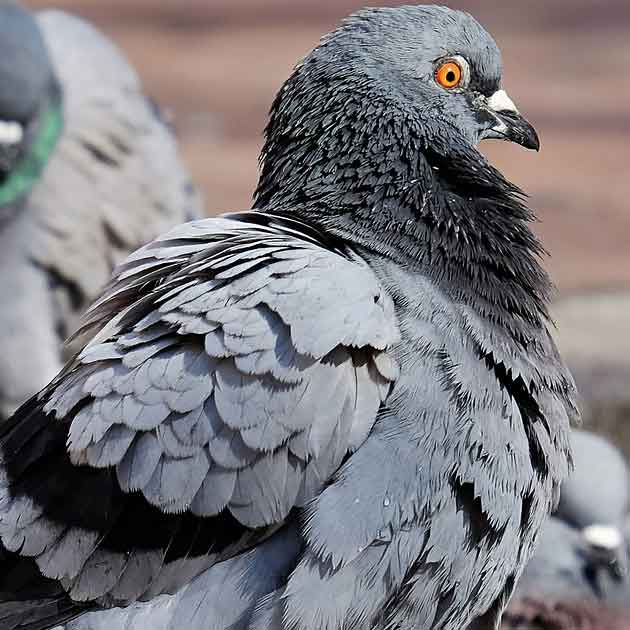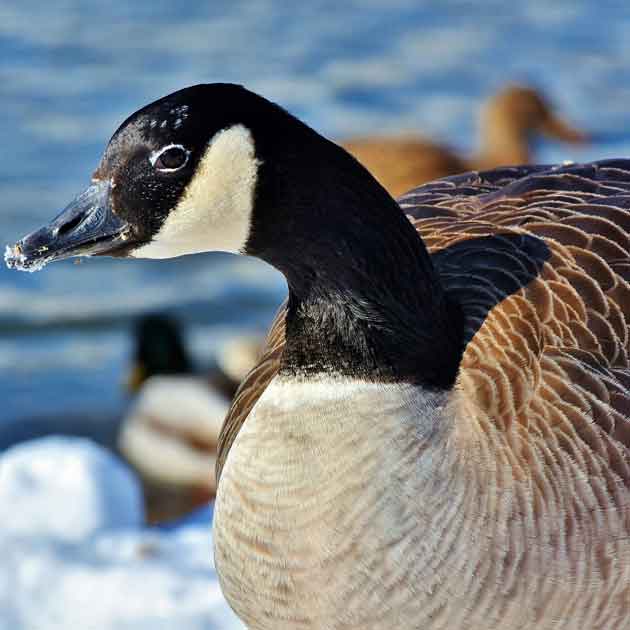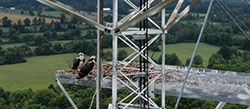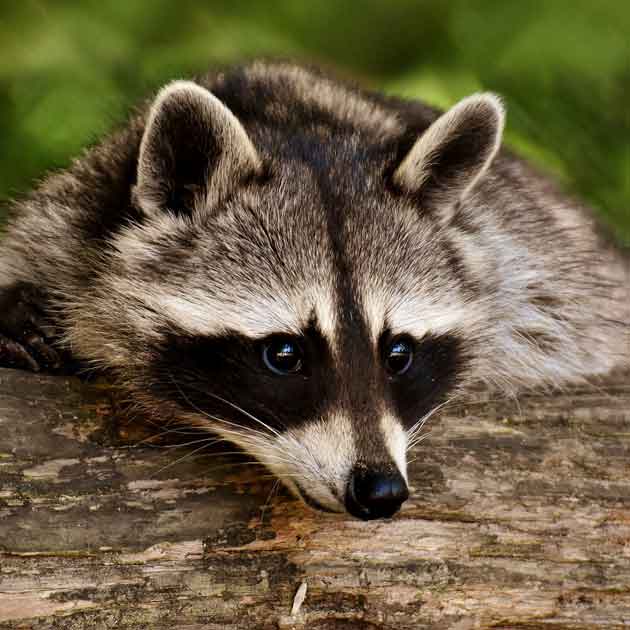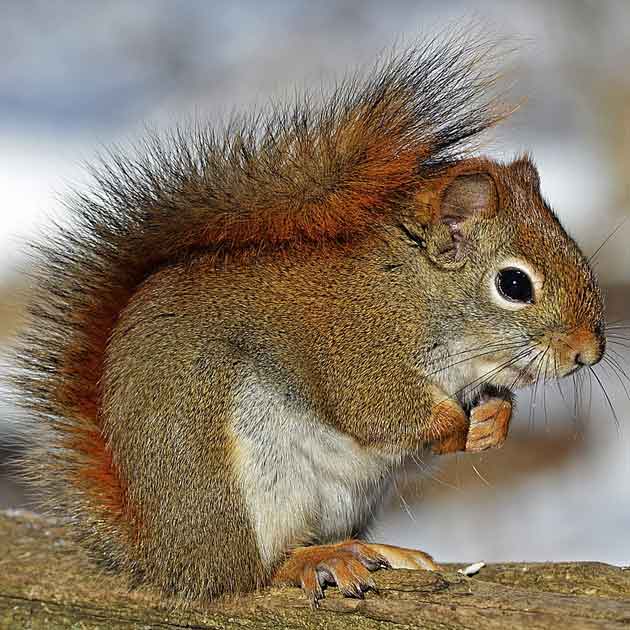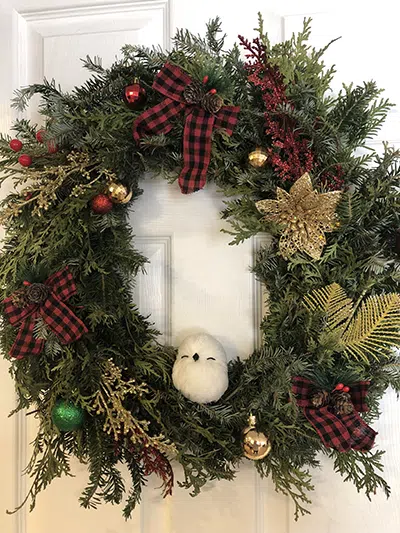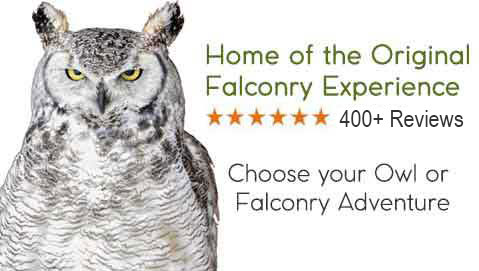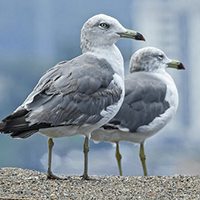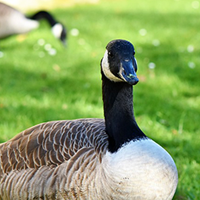Bird Control Case Studies
Follow along on some of the more interesting or unusual job sites we encounter. Remember that when a conventional Bird Control method won't work or is not a viable option, Hawkeye Bird & Animal Control will come up with custom solutions that WILL get the job done. Guaranteed.


